Explanation: Big, Beautiful Spiral Galaxy NGC 7331 is Often Touted As An Analog To Our OwnMilky Way.

Explanation: Big, beautiful spiral galaxy NGC 7331 is often touted as an analog to our ownMilky Way. About 50 million light-years distant in the northern constellation Pegasus, NGC 7331 was recognized early on as a spiral nebulaand is actually one of the brighter galaxies notincluded in Charles Messier''s famous 18th century catalog. Since the galaxy''s disk is inclined to our line-of-sight, long telescopic exposures often result in an image that evokes a strong sense of depth. The effect is further enhanced in this sharp image from a small telescope by galaxies that lie beyond the gorgeous island universe. The most prominent background galaxies are about one tenth theapparent size of NGC 7331 and so lie roughly ten times farther away. Their close alignment on the sky with NGC 7331 occurs just by chance. Seen through faint foreground dust clouds lingering above the plane of Milky Way, this visual grouping of galaxies is known as theDeer Lick Group.
More Posts from Samstein1012 and Others
We have been expecting you Mr Handle......



Is Proxima b another Earth? It’s difficult to answer because no one has actually “seen” this distant planet which orbits the red dwarf star Proxima Centauri right in theGoldilocks Zone. Scientists have merely concluded that Proxima b (which is about 4.2 light years away from Earth) is right where it should be, by observing the regular, subtle changes in Proxima Centauri’s color. Proxima b is tidally locked to its star — which means one side of it is always facing Proxima Centauri, and the other side is perpetually dark. With just an 11.2-year revolution, it lies very close to its star, although red-dwarf stars are not as hot as yellow-dwarves (like our Sun). There is a possibility that water exists on Proxima b, and that it has an atmosphere protecting it from extreme heat, and scattering heat even to its dark side. How can we be sure? Harvard’s Avi Loeb and astronomer Laura Kreidberg propose that we use NASA’s James Webb Space Telescope (JWST). UNCERTAINTIES The long-delayed JWST is set to launch by 2018 (originally 2011). Loeb explains that if a rocky planet, like Proxima b, has an atmosphere, it would absorb light from its star and re-emit it as infrared light. Incidentally, the JWST is specifically designed to observe infrared light. The JWST can take photos of infrared light on the surface Proxima b, looking for patterns that would confirm whether or not this exoplanet has water or is covered by an atmosphere. Things aren’t so simple, however. The proposed method may be doable. But there are other factors that have to be considered. For instance, the existence of an atmosphere may not guarantee life, says astrophysicist Ed Turner of Princeton University. Proxima b may be like Venus, with an atmosphere 90 times thicker than ours, and extreme heat. Still, Loeb’s and Kriedberg’s plan is the only option we have for a glimmer of an answer about this “Earth next-door”. References: Business Insider, Scientific American
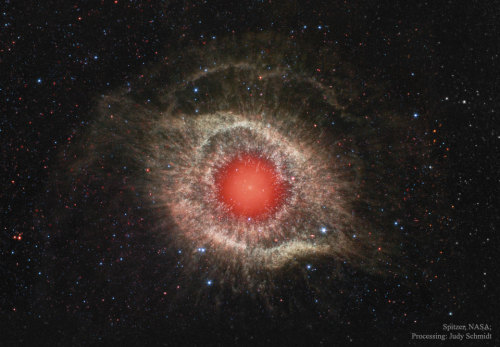
Helix Nebula // NGC 7293





For more on the Fermi Paradox and why alien life hasn’t found us yet. (Infographic via futurism)
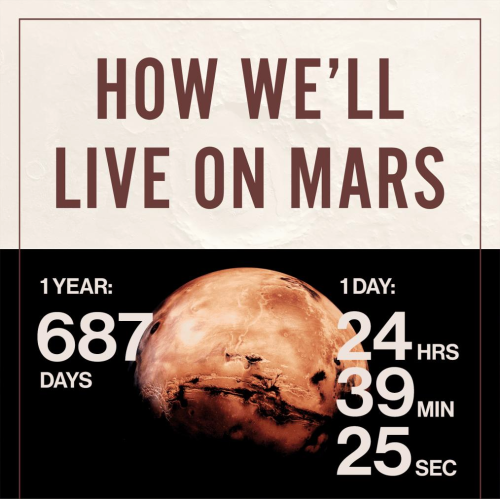
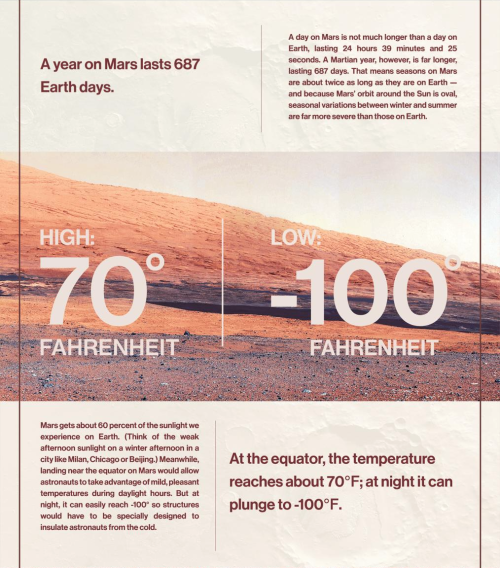

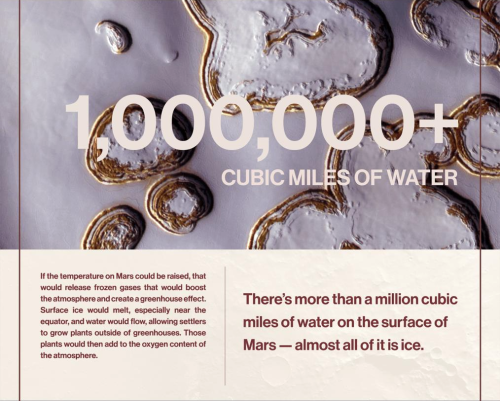
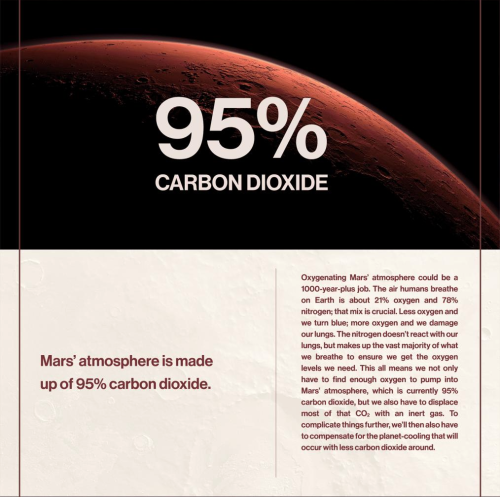

Life on Mars

When magnetic ferrofluid comes in contact with a magnetic object, it becomes a moving sculpture that reflects the shape of the object’s magnetic field. Source
LIVE LONG AND PROSPER.....

I met her when I was 10 days old, and him in kindergarten. Now they’re married and I’m the happiest maid of honor ever. Congratulations @britmaack and Ben!
Elon Musk,Electric Cars,MIT, Spacex, NASA, Tesla and Taylor Alison Swift
34 posts
